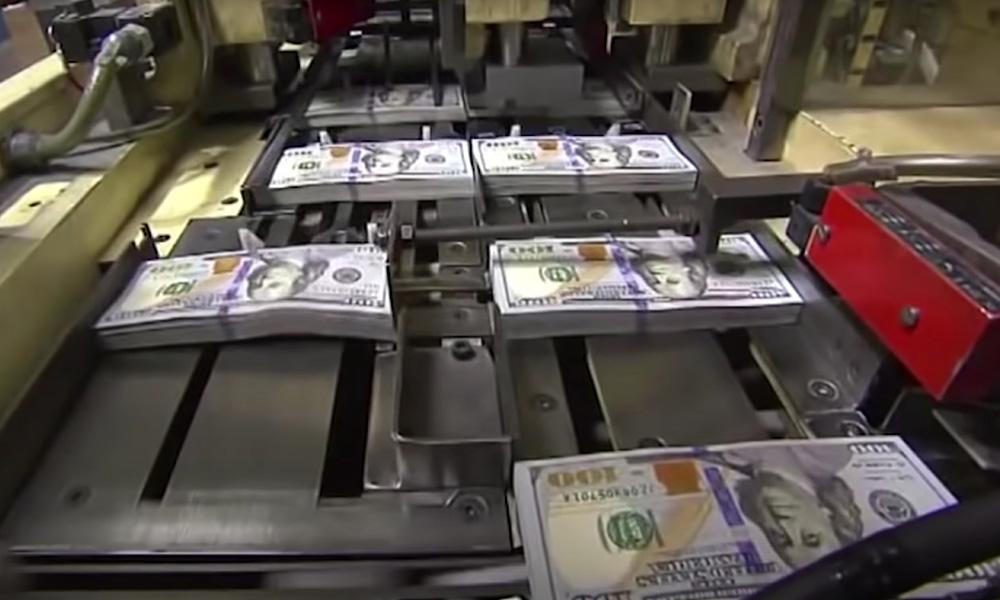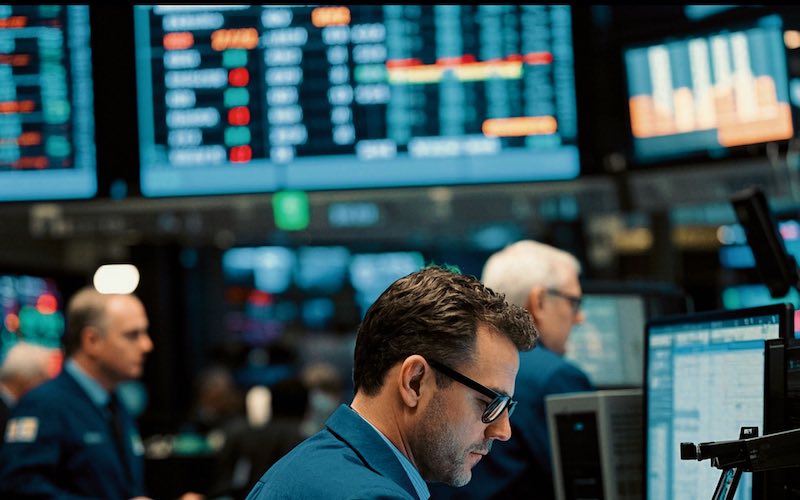Market value of 4 trillion! How did Nvidia become the world's largest giant in the AI era?
2025-07-10 13:59:11

From game graphics to the starting point of the AI revolution
Initial Vision: To create the ultimate experience for gamers
Nvidia's story began in 1993 when it was founded by Taiwanese-American engineer Jen-Hsun Huang. At the time, Nvidia's goal was simple and focused: to provide more realistic graphics for PC gamers. At that time, the video game industry was booming, and Nvidia quickly established itself in the gaming chip market with its innovative design of graphics processing units (GPUs), becoming an industry leader alongside its competitor Advanced Micro Devices (AMD). However, Huang's vision went far beyond that, and he was keenly aware that the potential of GPUs went far beyond gaming and could provide acceleration for a wider range of computing tasks.
Technological turning point: cross-border application of GPU
About 15 years ago, NVIDIA began to develop new software for GPUs, allowing them to go beyond traditional graphics processing and into a wider range of computing fields. This strategic decision sowed the seeds for NVIDIA's transformation. With the rise of cloud computing and the growth of scientific computing needs, NVIDIA's GPUs have gradually been used in data centers, machine learning, computer vision, and even the once-hot cryptocurrency mining. This cross-border success of technology has allowed NVIDIA to gradually transform from a single gaming chip supplier to a pioneer in multi-field computing.
The surprising rise of AI
The wave of generative AI
In the past three years, the outbreak of generative artificial intelligence (AI) has become the biggest driving force behind Nvidia's rise. Generative AI is considered a revolutionary technology that subverts business models and changes the way humans interact with technology, and Nvidia's GPU is the core driving force of this technology. With its absolute advantage in the field of AI chips, Nvidia's market value has soared from US$1 trillion to US$4 trillion in just a few years. According to Dow Jones Market Data, on July 10, 2025, Nvidia's closing stock price was US$162.88, with a market value of just under US$4 trillion, equivalent to the sum of the last 214 companies in the S&P 500 index. This achievement not only demonstrates Nvidia's market dominance, but also reflects the profound impact of generative AI on the global economy.
The accelerated pace of chip development
Nvidia's success is inseparable from its continuous technological innovation. Since the beginning of the 21st century, Nvidia has named its chip architecture after famous scientists such as James Clerk Maxwell and Alan Turing, forming a rhythm of releasing a new generation of chips every two to four years. However, with the rapid development of AI technology, this cycle has been greatly shortened. In 2022, Nvidia launched the Hopper series of chips, whose powerful memory and computing power are deeply favored by AI developers. Millions of H100 chips were sold in 2023 alone, pushing the company's market value to over $2 trillion. In 2024, Nvidia released the most powerful Blackwell architecture to date. The B200 chip integrates 208 billion transistors and has unprecedented performance. These chips have become the "hot cakes" that technology giants such as Meta, OpenAI, and Google are scrambling to buy. Each chip costs tens of thousands of dollars, but it is still in short supply.
Challenges and responses: dual tests from market and policy
Impact from low-cost AI
Although Nvidia dominates the field of AI chips, it is not without challenges. In early 2025, DeepSeek, a low-cost chatbot developed in China, caused a market shock. DeepSeek only used about 2,000 Nvidia H800 processors, which was far lower than the computing power requirements of its competitors, proving that developers can build powerful AI systems at a lower cost. The news caused Nvidia's stock price to plummet by nearly 20%. However, with the continued growth in demand for AI computing power from major customers, Nvidia quickly regained lost ground, and its stock price even climbed further, demonstrating its strong market resilience.
Pressure for export restrictions
Nvidia's global expansion also faces policy resistance. The US government has imposed strict restrictions on Nvidia's sales of high-performance AI chips in China for national security reasons. In October 2023, the Biden administration restricted the sale of H800 chips in China; in April 2025, the Trump administration further restricted the export of H20 chips, causing Nvidia to write down $5.5 billion in assets. Despite this, Nvidia has successfully mitigated the impact of the policy by adjusting its market strategy and focusing on demand in other regions. An Nvidia spokesperson said the company has basically withdrawn from the Chinese data center market, leaving the gap to competitors such as Huawei.
Financial miracle and cultural symbol
Behind the surge in income
Nvidia's financial performance is equally stunning. In May 2023, Nvidia's quarterly revenue was $7.2 billion, and by May 2025, this figure soared to $44.1 billion, with a gross profit margin of more than 70%. This astonishing growth is not only due to the hot sales of AI chips, but also reflects Nvidia's dominance in the high-profit technology market. Nvidia's chips have become the "standard" for technology companies to build AI infrastructure, driving a global data center construction boom.
Huang Renxun's personal charm <br/>Nvidia's success is inseparable from the vision and leadership of its founder Huang Renxun. Huang Renxun, wearing his iconic black leather jacket, is hailed by the media as "Steve Jobs of the AI era". He is not only a promoter of technological innovation, but also a symbol of corporate culture. His strategic vision and keen insight into technological trends have kept Nvidia at the forefront of the AI wave.
- Risk Warning and Disclaimer
- The market involves risk, and trading may not be suitable for all investors. This article is for reference only and does not constitute personal investment advice, nor does it take into account certain users’ specific investment objectives, financial situation, or other needs. Any investment decisions made based on this information are at your own risk.










